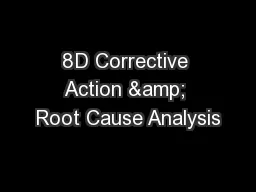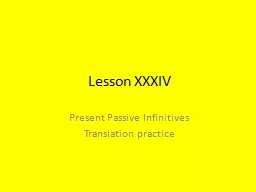PPT-Week 2b. Root infinitives
Author : atomexxon | Published Date : 2020-09-22
CAS LX 500A1 Topics in Linguistics Language Acquisition Syntax 101 Initially children start off producing basically oneword utterances Though not impossible comprehension
Presentation Embed Code
Download Presentation
Download Presentation The PPT/PDF document "Week 2b. Root infinitives" is the property of its rightful owner. Permission is granted to download and print the materials on this website for personal, non-commercial use only, and to display it on your personal computer provided you do not modify the materials and that you retain all copyright notices contained in the materials. By downloading content from our website, you accept the terms of this agreement.
Week 2b. Root infinitives: Transcript
Download Rules Of Document
"Week 2b. Root infinitives"The content belongs to its owner. You may download and print it for personal use, without modification, and keep all copyright notices. By downloading, you agree to these terms.
Related Documents














